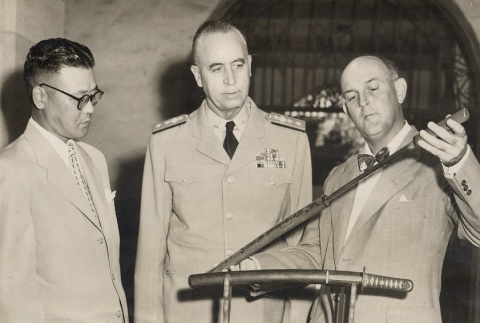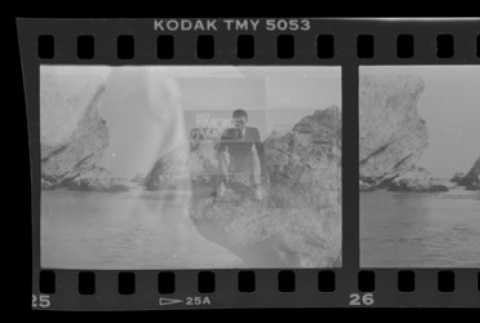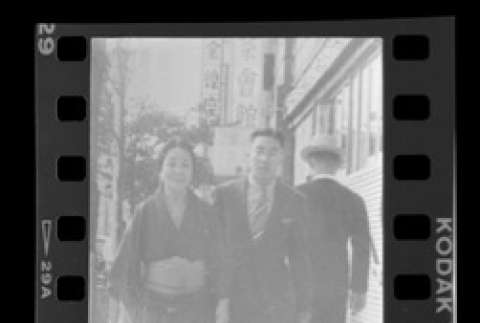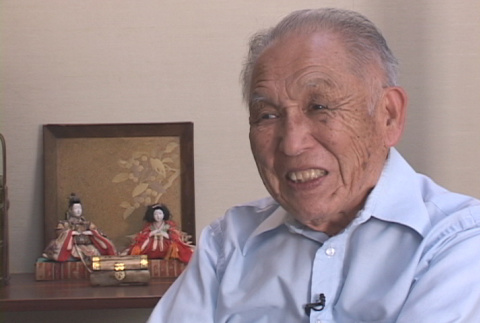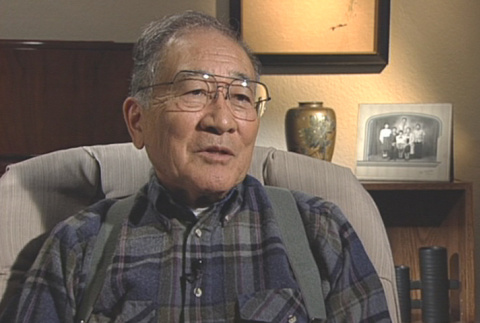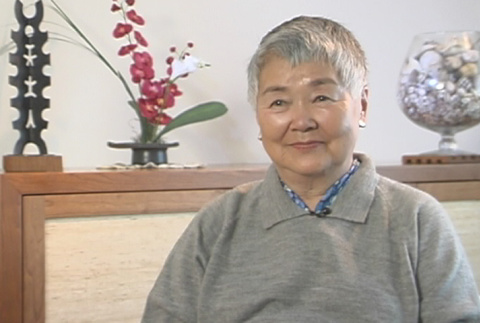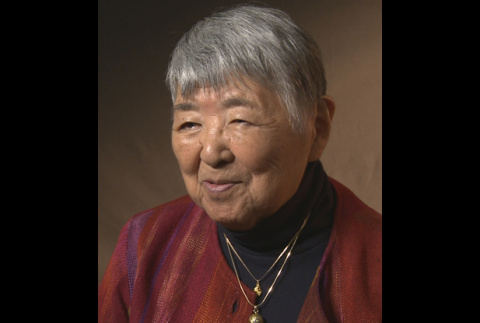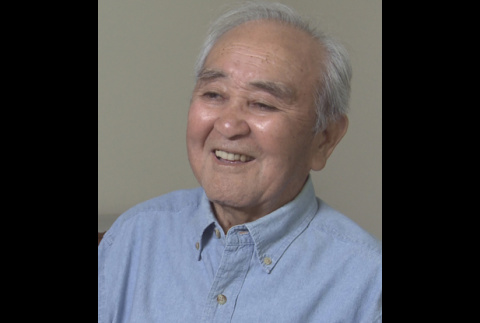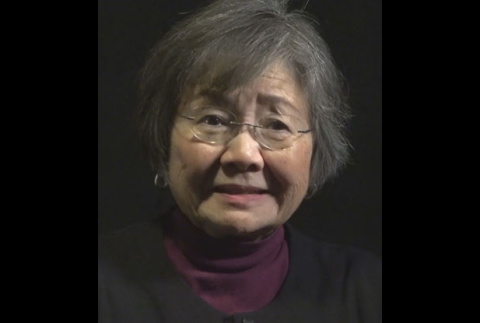4848 items
4848 items
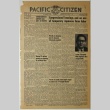
doc
Pacific Citizen, Vol. 44, No. 18 (May 3, 1957) (ddr-pc-29-18)
Select article titles: "Congressional hearings end on use of temporary Japanese farm labor" (p. 1); "Congressmen to support JACL Nat'l TV protest" (p. 1); "Active Chicagoan Mike Hagiwara dies unexpectedly" (p. 1); "Denver TV stations promis no showing of anti-Nisei films" (p. 1); "Parents of grade school pupils urged to protest use of 'Firelight Reader'" (p. …
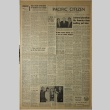
doc
Pacific Citizen, Vol. 66, No. 22 (May 31, 1968) (ddr-pc-40-22)
Selected article titles: "Equal housing opportunities in Washington state boosted" (p. 1), "Fr. Tibesar recalls JACL meeting day after Pearl Harbor incident" (p. 1), "TV writer still complains of JACL protest. Admits no Nisei has sold American secrets to Japan in wartime" (p. 1), "Cultural pluralism fits America than melting pot idea" (p. 1), "Inouye warns …
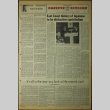
doc
Pacific Citizen, Vol. 71, No. 25 (December 18, 1970) (ddr-pc-42-50)
Selected article titles: "East Coast history of Japanese to be distinctive contribution" (p. 1), "National Constitution Japanese American Citizens League" (p. 2), "JACL chapter presidents" (p. 4), "JACL Bowling Tournament Champions" (p. 7), "The JACL Story: For Better Americans in a Greater America" (p. 9), "Heart Mountain WRA Camp residents sound off before a Dies Committee …

doc
Pacific Citizen, Vol. 70, No. 6 (February 13, 1970) (ddr-pc-42-6)
Selected article titles: "Japan team to bowl in nat'l JACL tourney" (p. 1), "Sansei helped design little computer aboard Apollo 11-first to land on moon" (p. 1), "Gov. Reagan in Support of Title II Repeal" (p. 1), "Japanese and Indian claims methods against U.S. compared" (p. 1), "Chicago steps up convention planning" (p. 1), "Issue call …
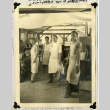
img
Mess hall at Civilian Conservation Corps Camp (ddr-csujad-38-21)
Photographed is a mess hall at Civilian Conservation Corps Camp, Rupert, Idaho. Includes George Nobuo Naohara. The caption reads: The mess hall of C.C.C. Camp [Civilian Conservation Corps Camp] was well furnished with good kitchen appliances and tools. I was raised in Japan and did not know how to operate or use them, but I was …
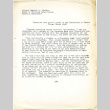
doc
Excerpts from speech given at the University of Hawaii Forum, March 1943 (ddr-csujad-19-3)
Excerpts from speech given at the University of Hawaii Forum, March 1943. The document presents three quoted passages from the speech, one concerning the role of people of "the Japanese race" in serving as liaisons who can provide the most reliable check on the morale, needs, and activities of "the Japanese community"; one comparing the United …
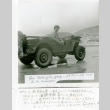
img
Geo testing the jeep (ddr-csujad-38-459)
Photographed is George Nobuo Naohara riding on a jeep. The English caption reads: Geo testing the jeep. It turned out to be usuable [usable]. Translation of the Japanese caption: I tried the jeep which Sasaki-kun found. I thought it could be usable. Asakura-kun used it for his work. He ordered gasoline periodically and added 2 1/4 …
![Letter from Jokichi Yamanaka to Mr. S. Okine, May 17, 1948 [in Japanese] (ddr-csujad-5-256)](https://ddr.densho.org/media/cache/3b/8f/3b8f41a12a75fda699ec7d83ce0e260c.jpg)
doc
Letter from Jokichi Yamanaka to Mr. S. Okine, May 17, 1948 [in Japanese] (ddr-csujad-5-256)
A letter from Jokichi Yamanaka in Hiroshima, Japan to his brother-in-law, Seiichi Okine. He thanks the Okines for the letter, the tobacco, and ajinomoto brought by the Nakano family. He also thanks Hatsuno Hotty Befu for the gifts. He informs that his daughter, Fumiko, has left for the U.S., but it is not clear when he …
![Letter from Miyuki [Matsuura] to Mr. and Mrs. S. Okine, July 12, 1952 [in Japanese] (ddr-csujad-5-275)](https://ddr.densho.org/media/cache/65/9d/659d48db5e0242a727ca612872df287a.jpg)
doc
Letter from Miyuki [Matsuura] to Mr. and Mrs. S. Okine, July 12, 1952 [in Japanese] (ddr-csujad-5-275)
A letter from Miyuki Matsuura to her uncle and aunt, Seiichi and Tomeyo Okine. She updates on her crops, picking strawberries, and her fears that the recent cold weather would delay the growth of garlic. She also updates on Mr. Freitas's wedding gift that Seiichi Okine asked her to prepare. She bought a large plate and …

doc
Minidoka Irrigator Vol. I No. 21 (November 25, 1942) (ddr-densho-119-154)
Selected article titles: "Poston Reign of Terror is Short-Lived" (p. 1), "Sprague Commends Colonists for Aiding in Harvest Work" (p. 1), "Forms Ready for Jobless Benefits" (p. 1), "No Coal Given Blocks Which Fail to Help" (p. 1), "Hunt Will Join in Celebration of Thanksgiving" (p. 1), "Editorial: Nisei, Your Move Next" (p. 2), "OWI's Japanese …
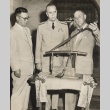
img
Stuart S. Murray and two men looking at samurai swords (ddr-njpa-2-216)
Caption on reverse: "HISTORIC SWORD: A Japanese samurai sword which was given to the Rev. Samuel Chenery Damon by Manjiro Nakahama about a century ago was presented to Rear Adm. S. S. Murray, commandant of the 14th naval district, at a brief ceremony yesterday afternoon at the Honolulu Academy of Arts by Samuel R. Damon, great …
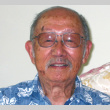
av
Tetsuo "Ted" Hasegawa Interview (ddr-densho-400-4)
Ted Hasegawa was born on January 16, 1921, in Sacramento, California, and educated in Japan. When he returned to Torrance, California, where his parents farmed, he started kindergarten at the age of 11. After high school, he took automotive classes at a trade school in Los Angeles. Hasegawa witnessed the mass eviction of Japanese residents from …
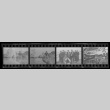
img
Negative strip (ddr-densho-356-32)
Negative strip of four images of Richard Tsukada's trip to Japan c. 1939. Print copies of the negatives visible at ddr-densho-356-24, ddr-densho-356-29, and ddr-densho-356-21. Images 1 & 2: Negatives of Richard Tsukada sitting a on a rock above water. Image 3: Negative of a group of 12 people on the deck of the …
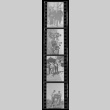
img
Negative strip (ddr-densho-356-30)
Negative strip of four images of Richard Tsukada's trip to Japan c. 1939. Print copies of the negatives visible at ddr-densho-356-20, ddr-densho-356-23, ddr-densho-356-26, and ddr-densho-356-25. Image 1: Photograph of Richard Tsukada and his mother Hana Tsukada (Uyeda) walking in Ginza. Image 2: Photograph of Richard Tsukada (second from left), Hana Tsukada (Uyeda) …

img
Soldier and mother (ddr-densho-151-45)
Original WRA caption: Florin, Sacramento County, California. A soldier and his mother in a strawberry field. The soldier, age 23, volunteered July 10, 1941, and is stationed at Camp Leonard Wood, Missouri. He was furloughed to help his mother and family prepare for their evacuation. He is youngest of six years children, two of them volunteers …
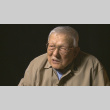
vh
Kiwamu "Kiyo" Tsuchida Interview (ddr-densho-1000-405)
Nisei male. Born February 2, 1923, in Auburn, Washington. Grew up in Auburn, where father worked for the Great Northern Railroad and the family also ran a farm. During World War II, removed to the Pinedale Assembly Center and Tule Lake concentration camp, Oregon. Family then transferred to the Topaz concentration camp, Utah. Kiwamu left camp …
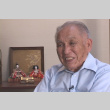
vh
James Yamazaki Interview (ddr-densho-1000-175)
Nisei male. Born July 6, 1916. Grew up in the Los Angeles area, where father was a Buddhist minister. Attended medical school before World War II. During the war, served in the U.S. Army as a doctor with the 106th Infantry Division in Europe. Captured during the Battle of the Bulge and was held in several …
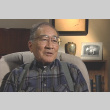
vh
Harvey Watanabe Interview (ddr-densho-1000-102)
Nisei male. Born February 7, 1919, in Exeter, California. Spent prewar childhood in Visalia, California. Drafted prior to World War II. Served in an activated National Guard unit at Fort Lewis, Washington. When World War II broke out, he and all the other Nisei servicemen at Fort Lewis were sent inland. About twenty, Harvey included, went …
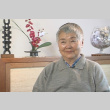
vh
Shigeko Sese Uno Interview (ddr-densho-1000-98)
Nisei female born April 6, 1915, in Seattle, Washington's International District. At an early age became active in the Japanese Baptist Church. Parents owned and operated a dairy plant called White River Dairy. Was a student at the Baptist Missionary Training School in Chicago, Illinois. Took a group of young women on an eye-opening trip to …
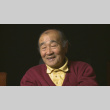
vh
Charles Oihe Hamasaki Interview (ddr-densho-1000-274)
Nisei male. Born October 7, 1922, in Japan, while parents were visiting family. Came to the U.S. at three months old, and grew up in Terminal Island, California. After the bombing of Pearl Harbor, picked up along with Issei father and taken to Fort Lincoln (Bismarck), North Dakota. Transferred from Fort Lincoln to the Santa Anita …

Narrator Aya Uenishi Medrud
Nisei female. Born April 9, 1925, in Malden, Washington. Grew up in Seattle, Washington, before being removed with family to the Puyallup Assembly Center, Washington, and the Minidoka concentration camp, Idaho. From Minidoka, relocated with family to Utica, New York. Worked in Japan for the U.S. Army of Occupation, and for the Tokyo General Army Hospital …

Narrator Charles Oihe Hamasaki
Nisei male. Born October 7, 1922, in Japan, while parents were visiting family. Came to the U.S. at three months old, and grew up in Terminal Island, California. After the bombing of Pearl Harbor, picked up along with Issei father and taken to Fort Lincoln (Bismarck), North Dakota. Transferred from Fort Lincoln to the Santa Anita …

Narrator Kiwamu "Kiyo" Tsuchida
Nisei male. Born February 2, 1923, in Auburn, Washington. Grew up in Auburn, where father worked for the Great Northern Railroad and the family also ran a farm. During World War II, removed to the Pinedale Assembly Center and Tule Lake concentration camp, Oregon. Family then transferred to the Topaz concentration camp, Utah. Kiwamu left camp …

Narrator Giro Nakagawa
Nisei male. Born March 13, 1921, in Seattle, Washington. Grew up in Kent, Washington, where parents ran a farm. In the 1930s, moved to South Bend, Washington, to work for the New Washington Oyster Company. During World War II, removed to the Pinedale Assembly Center, California, and soon left to work on farms in Utah for …

Narrator Fumino Tsuchiya-Knox
Sansei female. Born February 20, 1945, at the Manzanar concentration camp, California. Prior to the war, her father, an Issei, was a curator at the Harding Museum in Chicago. After the bombing of Pearl Harbor, her parents decided to volunteer to go early to Manzanar to help set up the camp. After leaving Manzanar, the family …

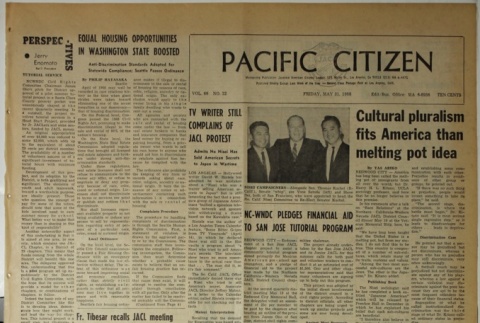
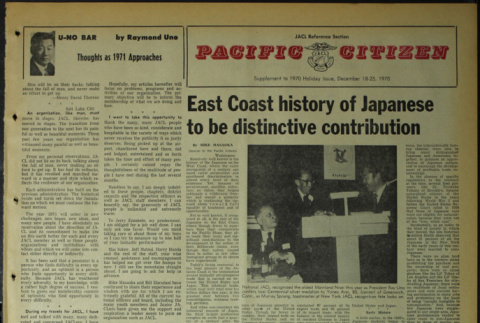
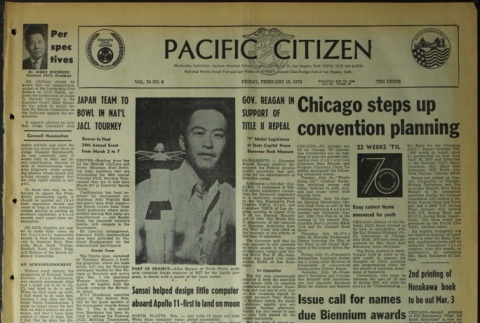

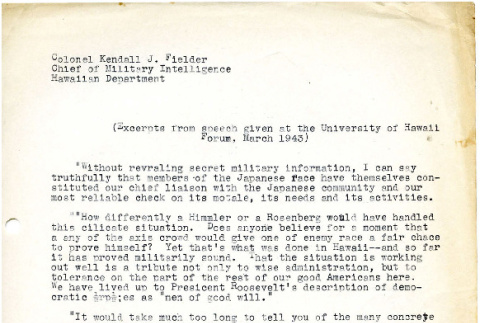
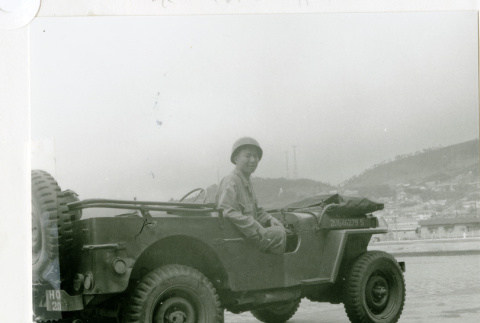
![Letter from Jokichi Yamanaka to Mr. S. Okine, May 17, 1948 [in Japanese] (ddr-csujad-5-256)](https://ddr.densho.org/media/cache/e3/65/e36512fb049055391e589a2c3c0a87cc.jpg)
![Letter from Miyuki [Matsuura] to Mr. and Mrs. S. Okine, July 12, 1952 [in Japanese] (ddr-csujad-5-275)](https://ddr.densho.org/media/cache/73/e8/73e8f4a46d3eba6d0e383846d9b43d3f.jpg)

